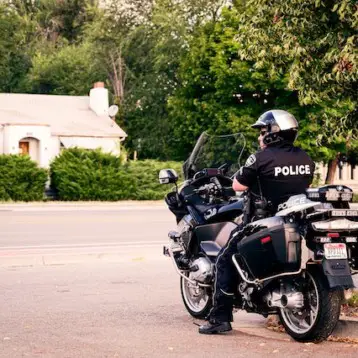The Coast Guard rescue service plans to buy a modified version of the Navy’s Fire Scout robotic helicopter, capable of taking off from and landing on Coast Guard ships. The sea-scanning radar the Coast Guard requested as an addition to the default Fire Scout configuration should greatly extend the search radius of a single rescue ship on active operations. Without the new radar systems, Fire Scout vehicles cannot operate independently beyond the horizon, an essential requirement for the Coast Guard. Contractor Northrop Grumman anticipates a radar-equipped Fire Scout will be ready for Coast Guard use some time next year.
The Coast Guard is also exploring the use of model-B predators for activities initiated on land. The model-B predators, also called Reapers in their military version, are large turboprop automated planes capable of carrying large payloads including weapons. Customs and Border Patrol currently owns several of these UAVs (all unarmed) used to monitor remote portions of the United States-Mexico border. The Coast Guard hopes to purchase its own predators but perhaps share command and control facilities with the other agency.
Coast Guard adoption of unmanned aerial vehicles is part of a larger plan for upgrading its fleet called Deepwater. Deepwater calls for an integrated, fully networked fleet of new water and aircraft designed specifically to meet the many and varied responsibilities of the Coast Guard. In its original form, it called for as many as 91 new ships, 35 new airplanes, 34 new helicopters, and 76 new UAVs as well as significant upgrades to many existing ships and air vehicles.
Cost overruns have caused some scaling back, including ones in the area of UAVs. Deepwater initially called for the design and adoption of the new Eagle Eye UAV, designed specifically for Coast Guard use by Bell Helicopter, but the craft was delayed and eventually scrapped last year because of budget overruns. While adopting craft designed for general usage or the needs of other services is not ideal, it allows the Coast Guard to take steps toward UAV adoption without overextending itself financially.
TFOT has reported on other military unmanned aerial vehicle initiatives, including work on airborne rearming of unmanned aerial vehicles, the armed Excalibur tactical unmanned aerial vehicle designed for use by the United States Army, the L-15 unmanned airship designed specifically for surveillance work, the electric powered TCUAV aerial surveillance system, and the canister-launched MONGURD UAV capable of carrying either surveillance equipment or weapons.
You can fnd more about the Deepwater program here and view a detailed cutaway drawing of the standard Navy Fire Scout UAV here (PDF).










